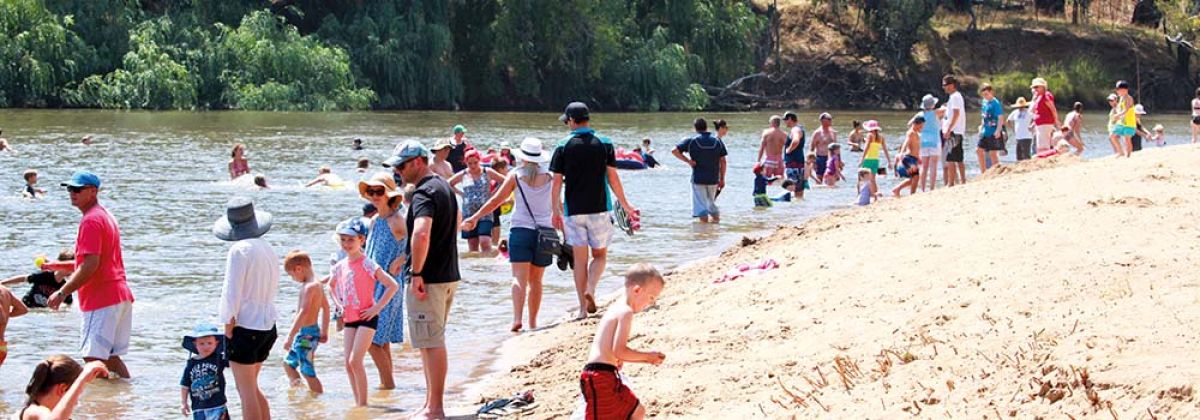THE PROBLEM
The Murrumbidgee River is more than 1600kms in length, beginning in the Kosciuszko National park and continues to its junction with the Murray River near Balranald. Royal Life Saving Australia have produced a report that examined all unintentional fatal drowning deaths between 2005 and 2015 in the Hawkesbury, Macquarie, Murrumbidgee and Nepean Rivers. The report found that:
- 80% of drownings in the Murrumbidgee River occurred in summer, with a further 13.3% occurring in spring
- The highest number of drowning deaths occurred on weekends with the majority of deaths occurring in the afternoon, with 87% of incidents occurring between midday and 6pm
- Drowning deaths in the Murrumbidgee River were significantly more likely to occur while swimming and recreating than while undertaking any other activity
- Alcohol consumption and drug use were identified as playing a significant contribution to the risk factors associated with these drownings
- Findings indicate that drowning deaths in rivers in NSW are largely an issue involving adolescents and adults, rather than young children
- Indigenous people were also overrepresented in drowning deaths
- More than a third of deaths occurred among people born overseas, highlighting the importance of drowning prevention strategies targeting people of all cultural backgrounds
Wagga Wagga City Council, through the development of the Inland Water Safety Management Plan implemented a range of initiatives related to the waterway reserves under Council’s management. Wagga Wagga City Council assists in facilitating a cohesive approach to water safety across the Local Government Area by supporting and reinforcing the initiatives of the professional organisations that operate in that space including Royal Life Saving Australia and State Emergency Services.
You can learn more about this on the Wagga Wagga City Council Website:

